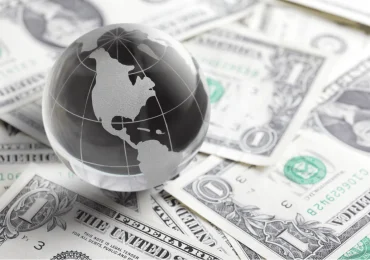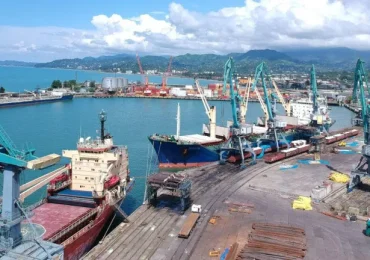Irish GDP is expected to grow by 4.1% this year and with current unemployment rate of 6%. Although economists are predicting that Ireland will achieve 5% unemployment rate by the end of 2017 and will be aiming for full employment next year. The budget of 2018 is the first budget after the recession that will encourage spending.
For many years from 1990 to 2006 Ireland was showing great economic growth, in this short period of time Ireland managed to become one of the richest countries in the European Union, being among the poorest when it first joined EU in 1973.
Ireland did not have an easy path of becoming a strong economically developed country.
Since the day of 24 April 1916 when Ireland has proclaimed independence from Britain it had to go through the tough way of establishing themselves as a strong, independent nation that was well able to become successful country and not to be referred as ancient British colony. In 1950s Irish government invested in research and development and came up with 5 years plan to rebuild Irish economy that became a stepping stone towards completely changing Irish economy and making Ireland into the hub for international companies for business development.
Ireland did not have any natural resources and as many closed economies was mostly self-sufficient and heavily depended on farming. With the changes in the government it was decided to make Ireland an open economy. The research showed that Irish geopolitical position should have been used to attract foreign investors. Thus, government has spent lots of time and effort to show the investors that Ireland was a best alternative to all the countries to invest in. The government created “Irish Direct Investment” (IDA) which had to show Ireland’s superiority to the other countries and thus attract foreign direct investment to the country by creating the best economic conditions for the businesses. IDA brought 70 % of employment and wealth to the country.
Since than IDA is bringing multinational companies to Ireland that are constantly generating wealth to the country. By resent data 10 out of 10 world pharmaceutical producing companies are located in Ireland. 16 out of 20 world’s global software companies have EMEA head offices in Ireland. 20 out of 25 world’s leading financial services are placed in Ireland.
Ireland’s main priority to other European countries is that it is English speaking country at the edge of the Europe. It is the last destination from Europe to ship the goods overseas to the Americas and first country to enter and to ship goods to Europe. Ireland has one of the lowest corporate tax rates in Europe of 12.5% which has a big impact on companies when deciding where to invest. Irish climate has attracted many technological companies to place their servers and produce chips in this country, as Ireland has cool and stabile climate. One of the other advantages that Ireland has to the other countries is that it has highly skilled labor force.
Irish education is keeping high level of educational standards by constantly getting references from the international companies of what are the most valuable skills that they are looking for. Thus, Irish educational system is constantly improving and attracting foreign companies by meeting their demands.
Ireland has an open economy which mostly depends on exporting and importing visible and invisible goods. It is very vulnerable to any political changes in the world. Ireland’s closest trading partners are America (exporting 22.2 %) and the Great Britain (exporting 15.1%). Ireland is nearly exporting 80% of everything produced in the country. It is mostly exporting services and is producing high-tech IT and medical devices along with agriculture products. It has largest export of pharmaceuticals in the world.
This year Ireland will be enjoying surplus of 3.8 billion euros from Balance of payment. Ireland is facing high competition from low-wage economies as everything imported from there is relatively chipper than Irish goods. Thus, Irish companies are trying to stand out by producing and providing goods and services of the exceptionally good quality. The local businesses and government did everything in their power to make the world know that “made in Ireland” always means exceptionally high and good quality.
The most recent economic crisis of 2008 was one of the toughest economic recessions in the country’s history. The price of housing in Ireland has doubled from 2000 to 2006 and led to the house bubble blast in 2008 which reflected badly on the banks. The banks were bailed out. The unemployment has increased to 15% by 2010 from full employment of 4.4% in 2005. GDP has decreased to 221.3 billion USD in 2010 from having GDP of 270 billion USD in 2007. The Irish credit rating has been decreased to negative Ba1 by Moody’s in 2010.
Ireland has successfully managed to recover from the recession and is achieving economic miracles again that many economists believe that Ireland is having Celtic Phoenix.
















